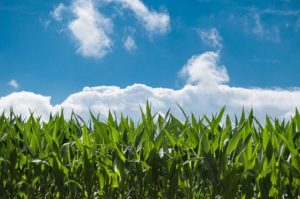Agriculture
BACKGROUND
Farmers are seeking ways to make real-time adjustments in the field to increase productivity, however tools for estimating plant density are limited. This is true especially early in the season when the soil component is high, and visual observations tend to underestimate plant population.
The development of unmanned aerial vehicles (UAV) and miniaturized remote sensing sensors that can acquire high-resolution images, provide an opportunity to estimate sprout density and plant vigor and health throughout the growing season.
TECHNOLOGY OVERVIEW
Researchers at Berkeley Lab have developed algorithms to approximate sprout and plant density and the correlating enhanced plant vigor from remotely sensed (RS) images. These algorithms, developed for the MATLAB domain, enhance plant characterization and monitoring in the early season when the soil component is larger than the plant spatial coverage.
Identifying these plants and estimating plant vegetation indexes can be executed with UAV-acquired images. With input from vegetation classification map, the sprout/plant density estimation algorithm determines the plant density within a user-defined grid. The enhanced plant vigor algorithm then computes a vegetation index that considers only those pixels that belong to the identified vegetation class, while minimizing the effect of background soil in the identified grid. These algorithms will help farmers and agricultural concerns estimate approximate sprout and plant density in the early season and throughout the growing season.
BENEFITS
- Estimation of approximate plant and sprout density
- Improved plant characterization and monitoring in the early season
DEVELOPERS: Nicola Falco, Haruko Wainwright
DEVELOPMENT STAGE: Proven principle
OPPORTUNITY: Available for licensing or collaborative research.
